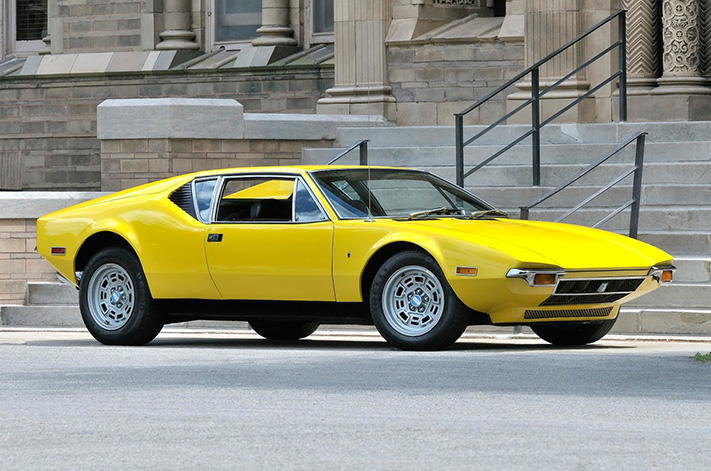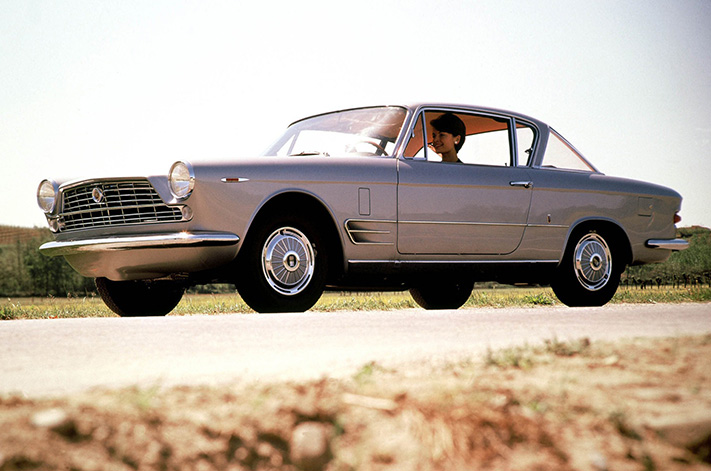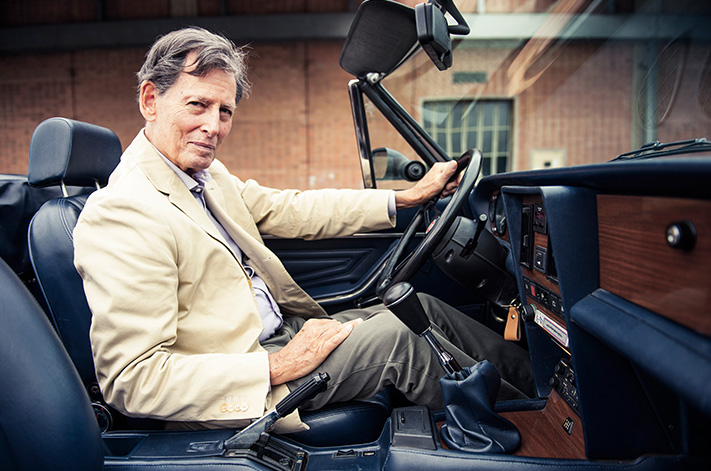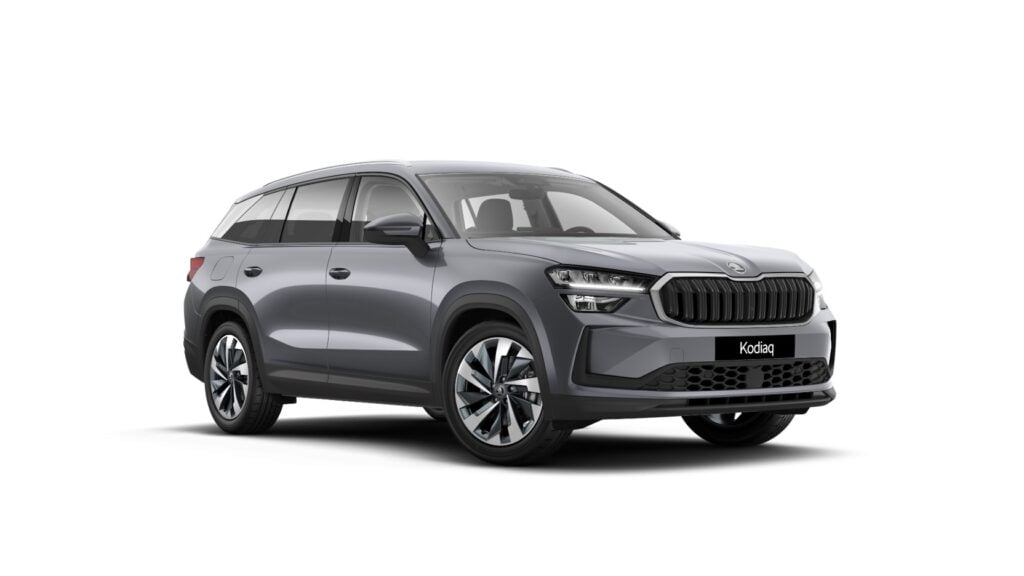There’s a lot to be said for resilience and Tom Tjaarda had that in spades.
His career spanned seven decades, during which he designed some iconic production cars and a whole host of other projects. Everything from buildings to furniture and even monorails came in for the Tjaarda touch. While not a household name like Bertone, Pininfarina or Giugiaro, Tjaarda’s contribution through vehicles like the massive-selling Ford Fiesta, the brutally handsome De Tomaso Pantera and the elegant Fiat 124 Spider showed a deftness of touch and a determination not to be typecast.

This was both Tjaarda’s great strength and, some might say, his biggest weakness. There was never a signature Tjaarda look. Instead he inherently understood the requirements of his customers and could effortlessly switch the look and feel.
Born Steven Thompson Tjaarda von Starkenberg in Detroit in July 1934, design was in young Tom’s blood, his father Joop credited with the design of the Lincoln Zephyr. Following the divorce of his parents, Tom remained in Detroit, where he initially attracted attention at high school, placing second in a General Motors Craftsman’s Guild model competition.

Recruited in 1958 by Luigi Segre, head of Italian styling house Ghia, Tjaarda packed his bags for Turin, expecting a six-month sojourn. During his first spell in Italy, he was responsible for a number of sharp designs, including the Fiat 2300S coupe and the Innocenti Spider.
Tjaarda clashed frequently with the notoriously hot-headed Segre and moved to Pininfarina at the end of 1960. Here he penned two classic Ferrari shapes, the 330GT 2+2 in 1965 and the 365 GT California the following year. It was Fiat that gave Tjaarda his biggest success to date, however. Impressed with his Corvette Rondine show car, the Italian giants asked for a budget version as close as possible to that design. The result was the 124 Spider, a car that was so successful Fiat is still living off its name with the latest Mazda MX-5-derived model. Tjaarda wasn’t a proponent of the new car but, in his typically understated style, conceded that it suffered from a corporate design mentality prompted by “cross-pollination of stylists at large automakers.”

Returning to Ghia in 1968, Tjaarda styled the De Tomaso Pantera, followed by the Deauville and Longchamp models. His biggest-selling design was commissioned by Lee Iacocca at Ford and went from drawing board to running prototype in a mere 56 days. ‘Project Bobcat’ became Ford’s answer to the Volkswagen Golf and Polo, the Mk1 Fiesta going on to sell more than 2.5m cars across a seven-year production run.

In 1984 he finally went independent, setting up his own design house, Dimensione Design (also known as Tjaarda Design), branching away from purely automotive projects. In 1991, Tjaarda was commissioned by Victor Gauntlett at Aston Martin to design a new Lagonda. After a 1:4 scale model of the two-door 2+2 coupe was developed, the project faded away. He also styled the Ford Maverick and the Shelby Series 1.
A charming and self-effacing character, he was a frequent judge at concours d’elegance events, where his deep understanding of all aspects of vehicle design was in regular demand.







